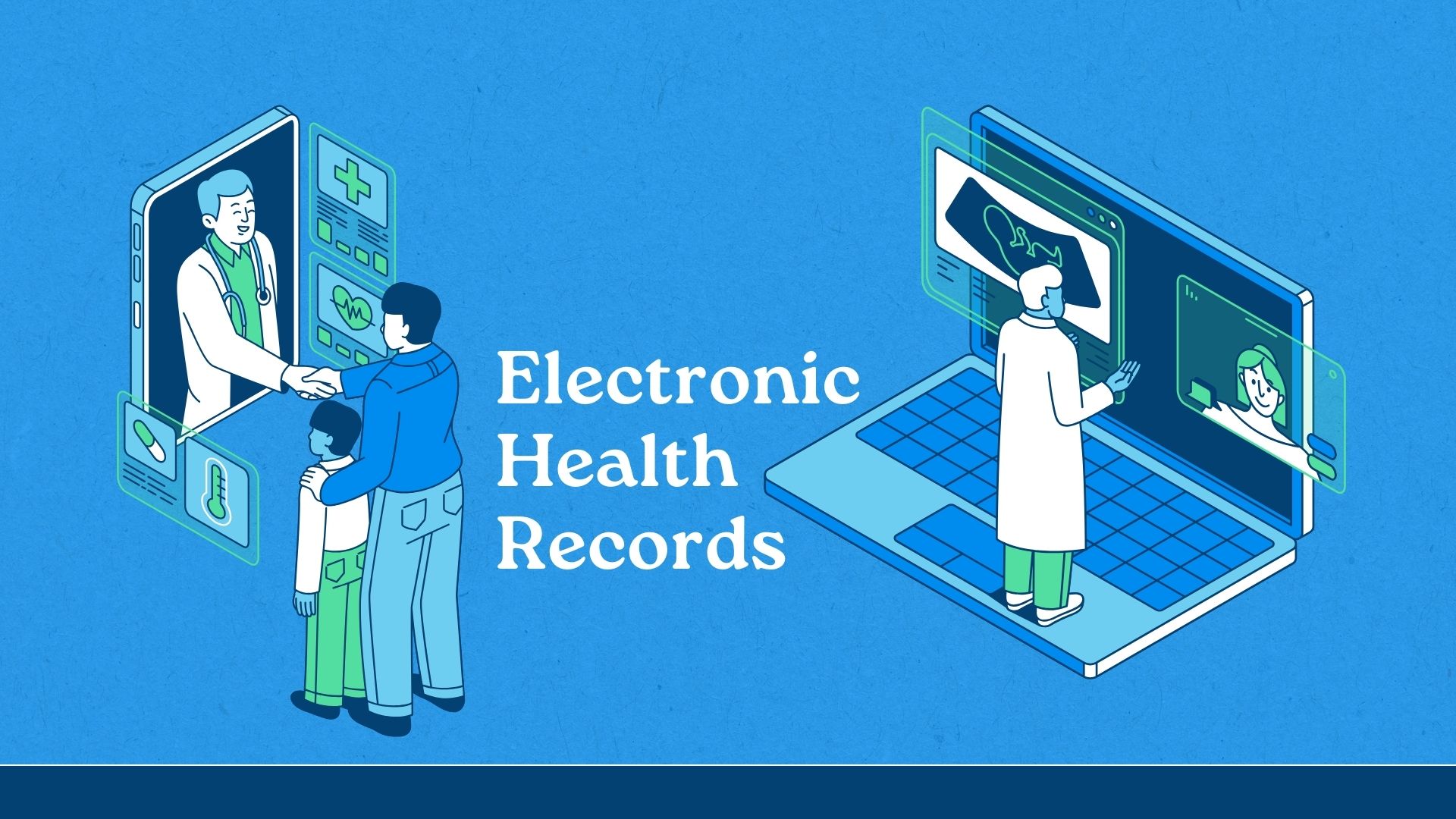Prognostication Scorecard, Part 1
When I started writing this column a mere 18 months (but seemingly a million years) ago, I cited some key industry trends and made five projections.
Given the vast changes in our environment — social, economic, technical, political, and cultural — I thought it would be interesting to look back to see how accurate (or, as the case sometimes turned out, dramatically inaccurate) those five projections have turned out to be.
In this, the first of a three-part column, I'll discuss the first projection. In parts two and three, we'll see how accurate the other four forecasts turned out to be.
Prediction No. 1: We'll learn to better use the Internet as a CRM tool.
This is perhaps the most blatantly stupid and patently false projection of all five I made, so I'd prefer to get it out of the way as quickly as possible.
Back in early 2001, when this column first appeared, the whole e-business model concept was starting to crumble. Conventional wisdom was though the e-business model was not the magical, revolutionary new way to reconfigure and mobilize supply chains (and thus do away with brick-and-mortar infrastructures), it still represented a vastly superior direct marketing channel, given the one-on-one intimacy of the user experience, the convenience of shopping at home, the ability to track and store user preferences and online behavior, and its cost-effectiveness as a content management solution, with the ability to publish personalized content on the fly, without the cost or delays of printing or postage.
Sad to day, even this didn't turn out to be true. Many pioneering efforts such as enabling self-service, storing user preferences, using collaborative filtering for generating recommendations, and creating online communities by online innovators such as Amazon.com really haven't evolved much.
Stranger still, ad agencies continue to view the Internet through a print media mindset. The banner ad (a smaller version of the print ad) and its direct and more annoying descendant, the pop-up, still dominate. Despite the bold promise of personalization based on Web log analytics, email in the form of spam has turned out to be just as misdirected, inaccurate, and unwelcome as conventional junk mail.
In early 2001, I wrote:
The majority of commercial sites today talk to and sell to customers, instead of listening to and serving them. Instead of focusing on click-through rates and transactions, I believe (and hope) businesses will begin to appreciate online customer interactions as opportunities to extend a relationship (not necessarily close a sale).
As Bug Bunny would say, “What a dope!”
The good news is some businesses, instead of being threatened by the increased price comparisons facilitated by the Internet, encourage pricing visibility by using these opportunities to emphasize what consumers value in terms of features: local service, bundling with complementary services or customer support, and so on. Smart companies still succeed by focusing on value instead of price.
Other successful examples include businesses that have embraced the Internet's original mission as a vast knowledge management and communications system and improved upon it by providing decision tools and easier access to information to the benefit of both themselves and their customers.
For example, some health insurers now provide detailed online information about local healthcare providers and pharmacies, healthcare coverage options comparators, and medical spending account calculators to help customers make smarter and better coverage choices. The result is consumers get the types of coverage they need, and insurers and businesses can better control and project spending on healthcare benefits.
Agree? Don't agree? Got an interesting insight, opinion, or real-world example to share? What are your thoughts? Please write me at [email protected]. Stay tuned for parts two and three.




